It’s a clash of undisputed champions. (photo by Ryan Hafey)
Jermell Charlo will move from junior middleweight to super middleweight to challenge Saul Alvarez, a jump of two weight classes and fourteen pounds, on September 30. It may not be the craziest jump we see in the next year or two if the rhetoric being thrown around is followed up on.
In the last week, headlines here at BoxingScene and elsewhere have indicated undisputed welterweight champion Terence Crawford might be ready to jump up after the winner whether it be Alvarez or Charlo.
Maybe it happens.
Maybe it doesn’t.
The idea alone feels daring, dangerous, and, most importantly, interesting.
What it shouldn’t feel like is unprecedented.
In some ways, this is boxing back to some of the basics of what has always been an easy sell at the box office. At the least, it’s a lean into some of the best of boxing lore. This is part of how legends are made.
Conquering the scale in boxing is not a must for greatness. Men like Willie Pep, Carlos Monzon, and Marvin Hagler made their marks where they stood and rank with the immortals. It doesn’t erase the allure of fighters chasing their ceilings. How far can they go is a question that has always sparked the imagination.
The expansion of boxing weight classes, and the reconfiguring of what the fighters in those weight classes look like due to day before weigh-ins, has multiplied the way scale jumps and title wins can be tallied. What Charlo will attempt is a pound off from the classic move from middleweight to light heavyweight.
Some great middleweights made that move all the way to a title, some didn’t, but the attempt is part of the story of the sport. Mickey Walker, like Crawford also a former welterweight champion, came up short against Tommy Loughran while Sugar Ray Robinson famously couldn’t hold his lead to the finish line against Joey Maxim. It deepened the tales of both men.
Those who found the winner’s circle were enhanced by victory. Dick Tiger toppled Jose Torres for his last great accolade. Bernard Hopkins pushed back on Father Time when he unseated Antonion Tarver for the Ring Magazine belt, his first of several accolades at light heavyweight throughout his forties. Thomas Hearns made his first jump to light heavyweight off a win at middleweight but only two fights removed from his final defense at junior middleweight. Hearns stopped Dennis Andries in ten for the WBC belt before moving back down for his first middleweight title in his next fight.
What Charlo is attempting is far from impossible. The same would be true for Crawford. It’s also not something everyone can do. The audacity is, or would be, part of the fun.
That audacity is what allowed a reigning featherweight champion, Henry Armstrong, to believe he could win the welterweight crown before even attempting to win the title at lightweight. By the time he was done, he held all three at the same time.
That audacity is what Michael Spinks embraced when he added almost twenty-five pounds after his final light heavyweight title defense to stop Larry Holmes from matching Rocky Marciano’s 49-0.
That audacity is what allowed the legend of Manny Pacquiao to explode as the former flyweight champion made a move from a lightweight to welterweight versus Oscar De La Hoya.
That audacity was dotted throughout the careers of men like Sam Langford, Harry Greb, and James Toney, all men who cut their teeth at middleweight and fought as high as heavyweight with notable successes in doing so. In the case of Greb and Langford, they were fighting and beating top heavyweights while still weighing near the middleweight limit. Ezzard Charles was the number one ranked contender at both middleweight and light heavyweight before winning the heavyweight championship.
Going back to the early years under the Marquis of Queensbury rules, Bob Fitzsimmons built his legend as a middleweight, light heavyweight, and heavyweight champion, rarely weighing more than a modern super middleweight.
Great fighters attempt great things and sometimes they accomplish them. The scale is an obstacle, but it’s no determinant of fate. With new weight classes, we’ve grown accustomed to seeing most scale jumpers make their steps carefully and incrementally.
There’s no rule that says that is the path that must be followed.
The question on September 30 won’t be whether the best junior middleweight in the world can beat the best super middleweight. It will be whether this junior middleweight, Charlo, is the man for the job against this super middleweight, Alvarez.
Boxing is a better place when we get answers to questions like these. If Crawford wants to follow suit when the dust settles, bring it on.
Cliff Rold is the Managing Editor of BoxingScene, a founding member of the Transnational Boxing Rankings Board, a member of the International Boxing Research Organization, and a member of the Boxing Writers Association of America. He can be reached at roldboxing@hotmail.com
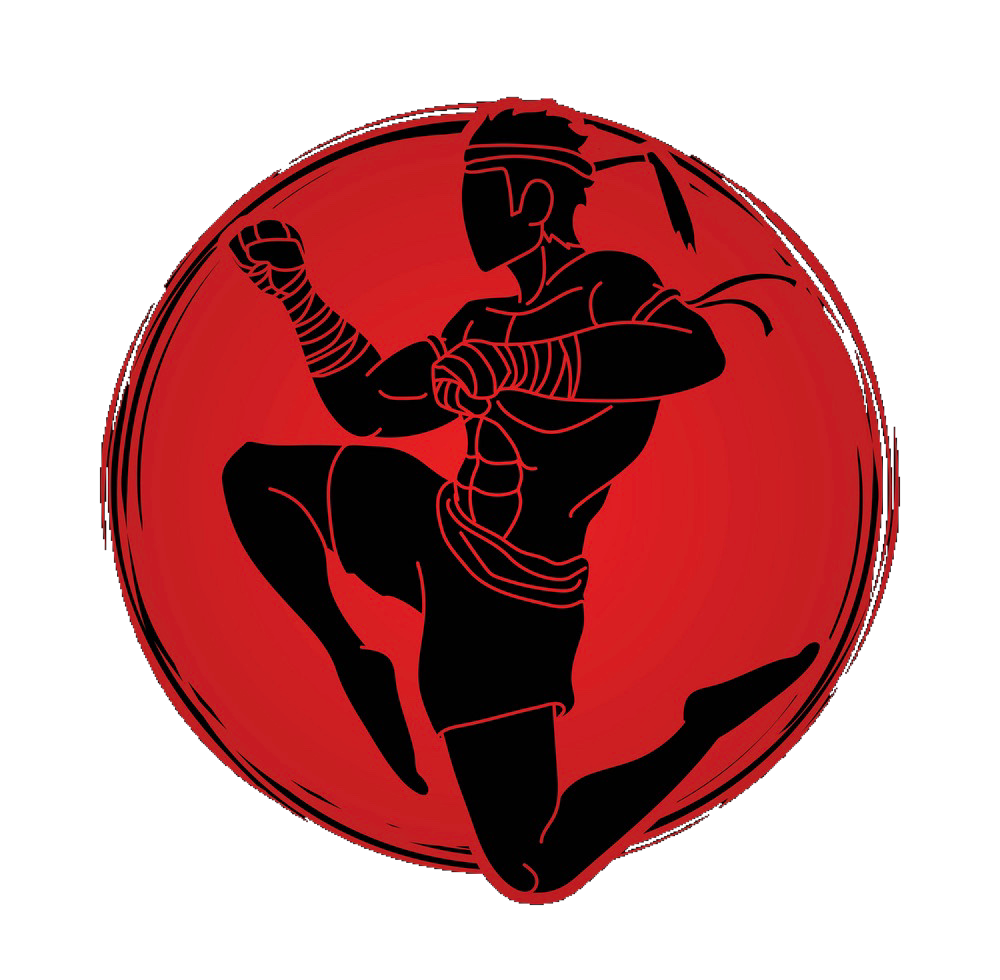


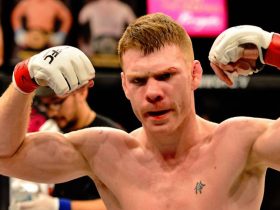
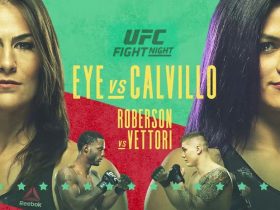
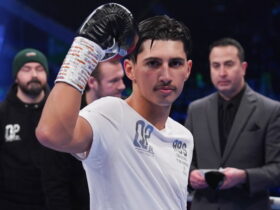
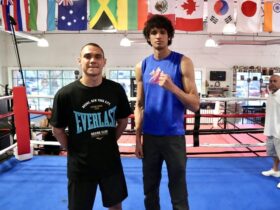
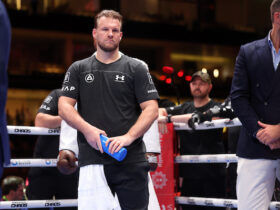
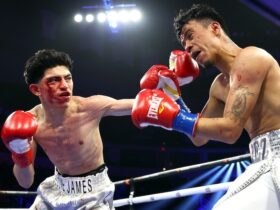


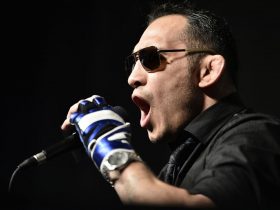
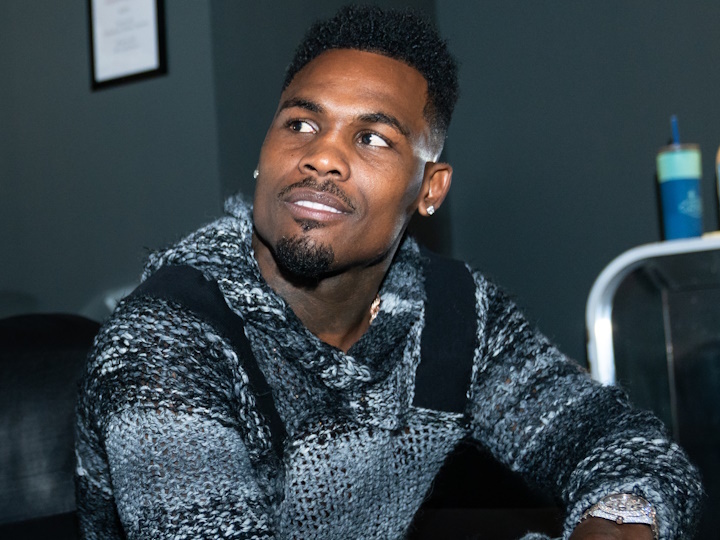
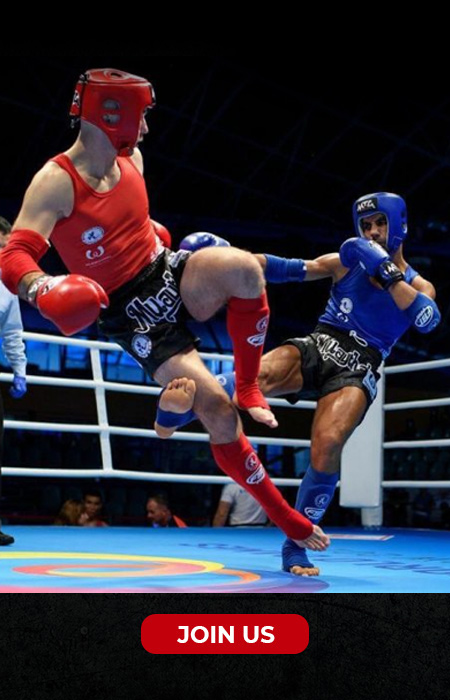
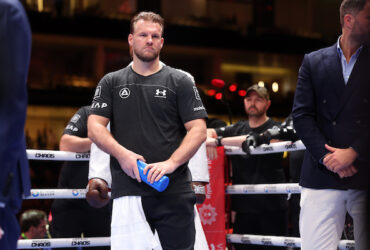
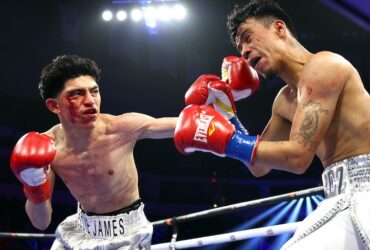

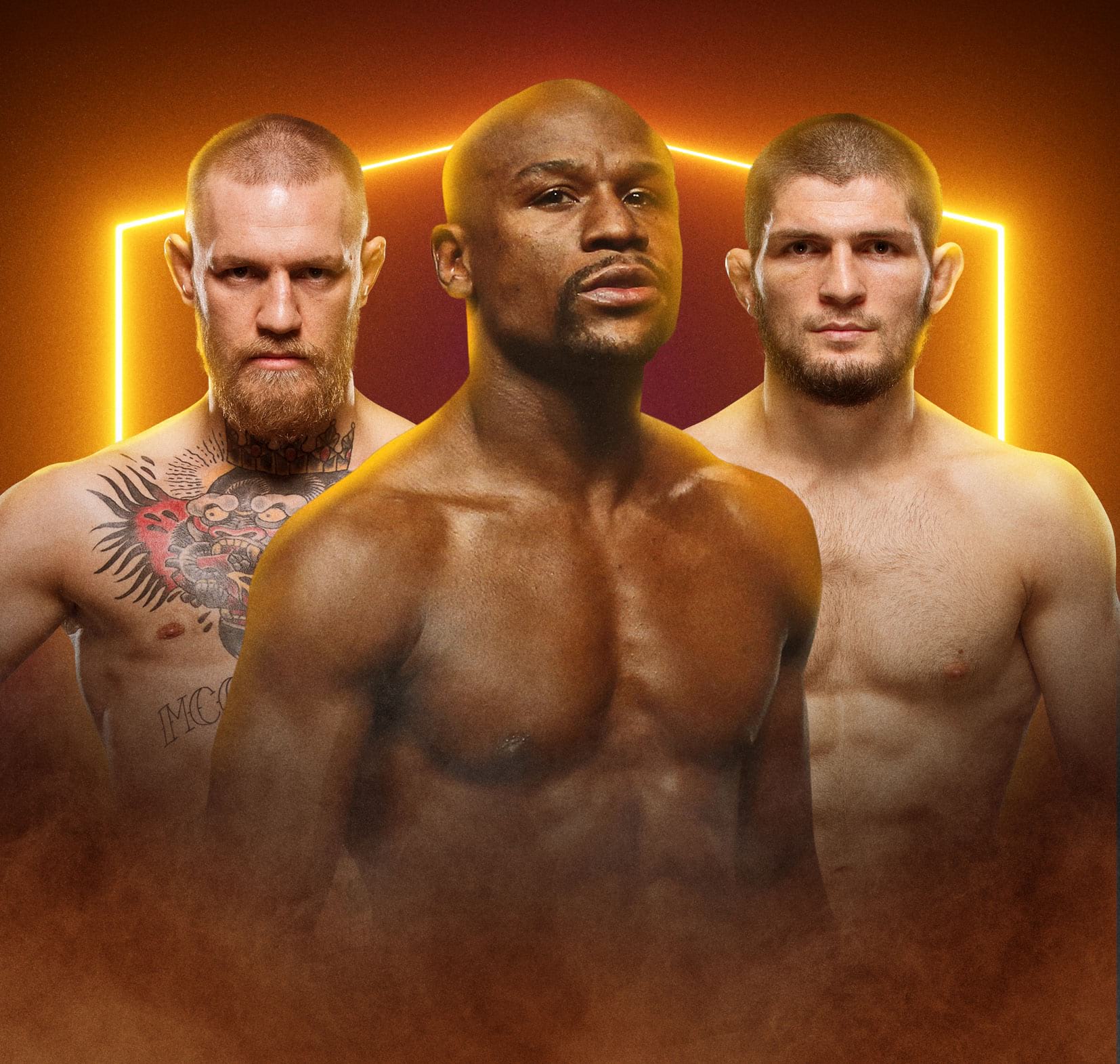
Leave a Reply